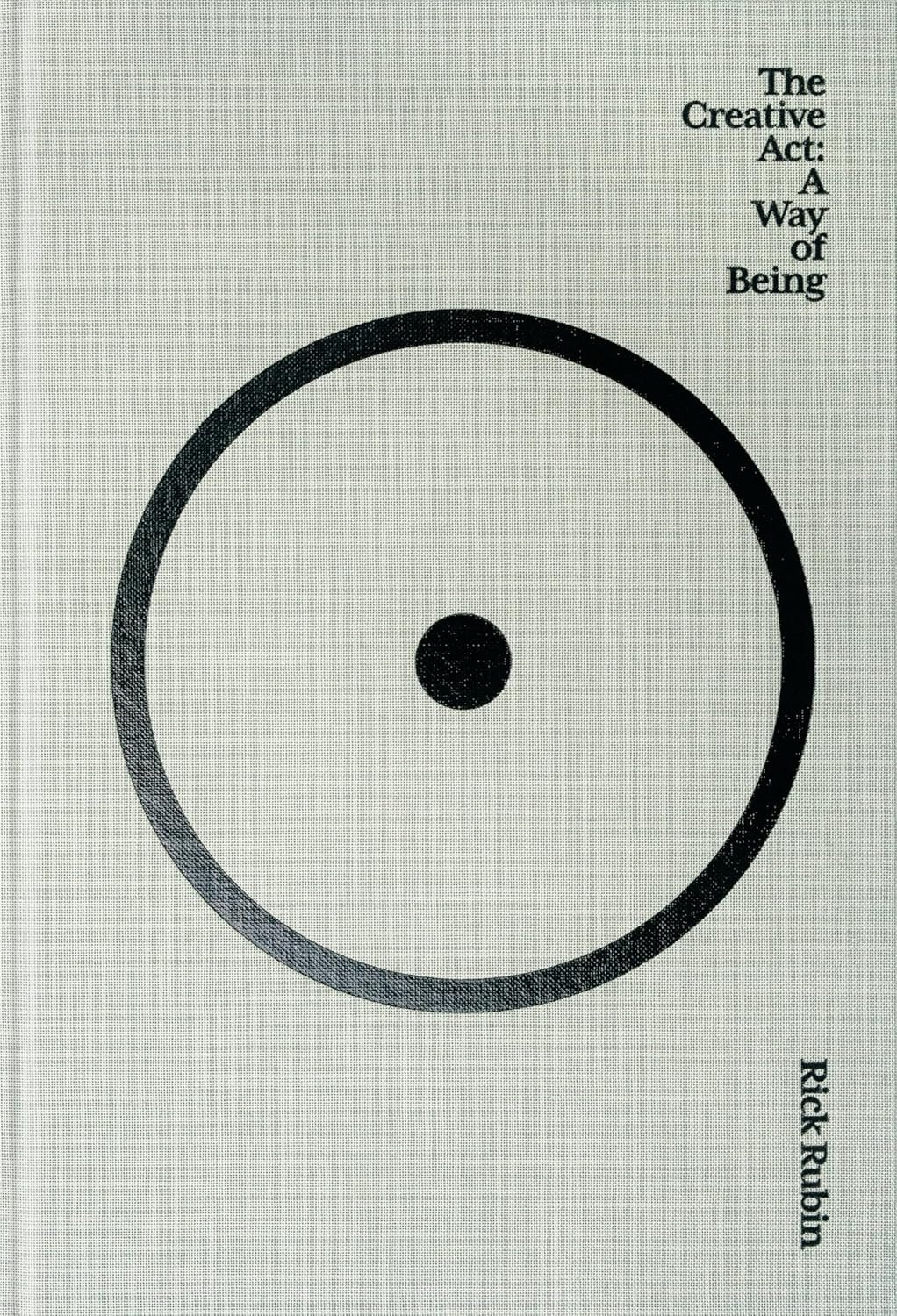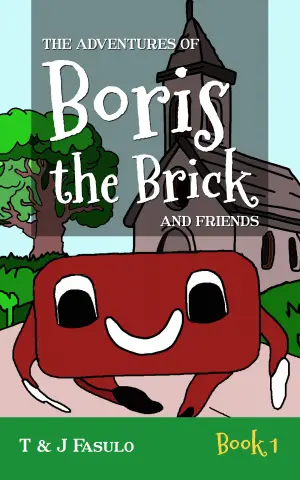
27 Jun Unleashing Imagination: A Dive into The Creative Act and Its Transformative Power
Book Review: The Creative Act: A Way of Being by Rick Rubin
From the moment I heard about The Creative Act: A Way of Being, I felt an undeniable pull toward it. It’s not just that it comes from Rick Rubin, the legendary music producer whose work has shaped the sound of modern music; it was the promise of exploring creativity not just as an outcome, but as a way of existing. This resonated deeply with me—because what does it mean to be truly creative in today’s world?
In The Creative Act, Rubin masterfully peels back the layers of creativity, presenting it as a fundamental aspect of our being rather than a set of techniques to be mastered. The book is structured into 78 “Areas of Thought,” which feels more like an intimate series of letters to a friend rather than a traditional guide. Each section, whether diving into the essence of inspiration or the patience required in the creative process, invites readers to reflect on their own experiences and perceptions of creativity.
One standout theme is Rubin’s call for a return to innocence—the idea that creativity flourishes when we strip away the burdens of expectation and societal pressure. This reminded me of a quote from the book: “You are you. The work is the work.” It’s a simple yet profound reminder that our uniqueness is what fuels our creative expression. I found myself marking many passages, feeling a personal connection to them. Each section encourages deeper inquiry, challenging you to zoom in on your creative motivations and zoom out to see the bigger picture of life itself.
Rubin’s writing style is refreshingly conversational, making complex ideas accessible. He strikes a delicate balance between philosophical musings and practical advice, encouraging readers to embrace the fluidity and unpredictability of the creative process. There were moments that felt like coaching sessions—warm, encouraging, and undeniably insightful.
As I read, I often found myself contemplating my responses not just to the book, but to my own creative journey. Rubin’s assertion that “art is our portal to the unseen world” felt almost like a challenge, a prompt to dive deeper into the meanings behind my own creations. This isn’t merely a book to read and set aside; it’s meant to be revisited, reflected upon, and annotated—just as one would engage with a cherished piece of art.
For anyone involved in a creative endeavor—be it writing, painting, music, or any form of expression—this book offers invaluable perspectives. Whether you’re struggling with the confidence to create or simply looking to deepen your appreciation for creativity, Rubin’s insights are a treasure trove. It can be easy to dismiss ideas that feel too spiritual or abstract, but for those willing to engage, The Creative Act is like a compass guiding you back to the essence of being creative.
In closing, I can honestly say that The Creative Act: A Way of Being has rekindled my own passion for creativity. It reminds me that being an artist is less about the products we produce and more about the connections we foster with ourselves and others. If you’re ready to explore the depths of your creative spirit, this book will certainly inspire you to connect with the artist within.









